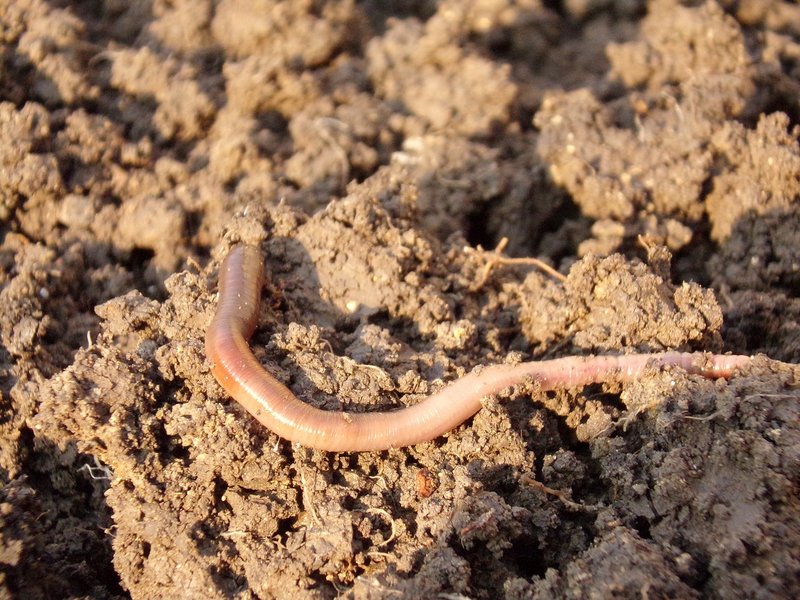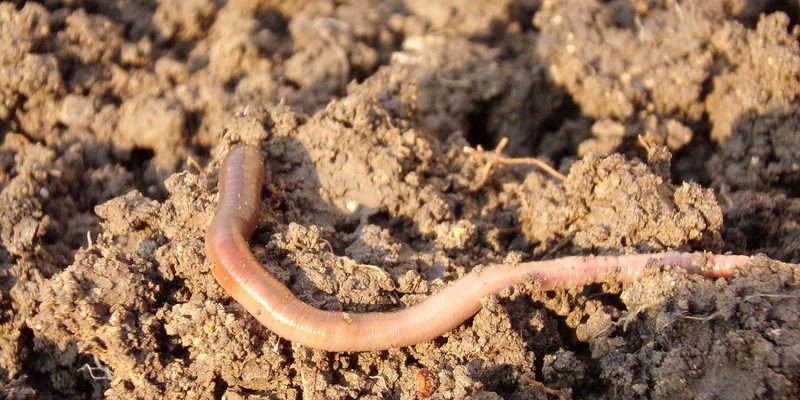
Earthworms are fascinating creatures that contribute significantly to soil health. They aerate the ground, help with decomposition, and even improve nutrient cycling. So, understanding their behavior, especially in relation to weather, can give us better insight into their role in our ecosystems. In this article, we’ll dig into how weather affects earthworm migration, exploring everything from rain to temperature and what it all means for these essential soil dwellers.
Understanding Earthworm Behavior
Earthworms are often seen as simple creatures, but there’s a lot going on beneath the surface—literally! These worms are sensitive to their environment, and they respond to various stimuli, including soil moisture, temperature, and even light. Think of them as tiny weather stations in the soil, constantly reacting to changes around them.
When we talk about migration, it’s essential to recognize that earthworms aren’t nomads in the traditional sense. They don’t pack their bags and set off on an adventure. Instead, their movements are more about survival. When conditions become unfavorable—like during droughts or extreme temperatures—they might migrate to find better living conditions. It’s a bit like moving from one room to another in your house to seek comfort.
You might be wondering how they actually detect these changes. Earthworms have cells in their skin that can sense moisture levels. This means they can tell when the ground is getting dry or when it’s time to stretch out and enjoy the damp. They often migrate to moist areas, especially after it rains, making the world above ground a bit more attractive.
The Role of Rain in Earthworm Migration
Rain is often the star player in the earthworm migration story. When it rains, the soil becomes saturated, and earthworms can venture out more safely. Imagine being stuck in a room without enough air; when someone opens a window, it feels refreshing! For earthworms, the rain creates a perfect opportunity to move around, find food, or even mate.
After a heavy rain, you might see earthworms on sidewalks or driveways. They’re not just lost; they’re exploring! The moisture helps them avoid drying out, which can be fatal. You might notice them congregating in certain areas, almost like they’re drawn to a particular spot, which could be due to temperature or organic matter present in the soil.
Here’s something interesting: some studies show that earthworms might even be able to “hear” the vibrations of rain through the soil. When it starts to rain, they sense the change and start their migration almost immediately. So, next time you see them popping up, remember—they’re just answering the call of nature!
Temperature and Earthworm Movement
Temperature is another big factor that influences earthworm migration. These little creatures are ectothermic, which means their body temperature is regulated by the environment. When the temperatures drop too low or rise too high, they seek out more comfortable conditions.
During the hot summer months, earthworms may retreat deeper into the soil where it’s cooler and more humid. Conversely, as the weather gets colder, they might migrate to places that provide better insulation, like leaf litter or organic debris. This behavior is crucial for their survival, helping them avoid extremes that could lead to dehydration or freezing.
Interestingly, earthworm activity tends to peak during the spring and fall when temperatures are milder. This is when they’re most likely to be found near the soil surface, actively processing organic matter and enriching the soil. So, if you’re gardening or farming, keeping an eye on temperature changes can help you predict when these little guys will be most active and beneficial to your plants.
The Impact of Soil Moisture
Beyond just rain, soil moisture plays a crucial role in earthworm migration. Earthworms thrive in moist conditions, as it helps them breathe and digest food. When soil moisture levels drop, they can become stressed and may migrate to find better environments.
Imagine your skin after a long day in the sun—it gets dry and uncomfortable. That’s how earthworms feel in dry soil! When the soil is too dry, they may retreat deeper underground, where moisture levels are more favorable. On the other hand, following good rainfall, they will naturally come to the surface, effectively “migrating” to a more hospitable location.
So, how can you tell if your garden is a good home for earthworms? Regularly checking the soil moisture is key. You can do this by feeling the soil or using a moisture meter. If it’s too dry, consider adding mulch or organic matter to retain moisture and make your garden an inviting place for earthworms.
How Earthworms Enhance Soil Quality
Now that we’ve covered migration, let’s talk about why this matters. Earthworms are crucial for healthy soil. They help aerate the ground as they move, breaking up compacted soil and allowing air, water, and nutrients to reach plant roots more effectively.
Another vital function of earthworms is the production of castings or worm poop, which is rich in nutrients. This natural fertilizer improves soil texture and fertility, promoting healthier plant growth. So, when you see earthworms on the surface, know that they’re doing more than just migrating—they’re working hard to enhance the soil!
In sustainable gardening or farming, encouraging earthworm activity is a great practice. You can do this by minimizing soil disturbance, adding organic matter, and avoiding chemical pesticides. This helps create an environment where earthworms can thrive, ultimately leading to healthier crops and gardens.
Final Thoughts on Earthworm Migration
So, do earthworms migrate based on weather? The answer is a resounding yes! From rain to temperature and soil moisture, these little creatures are deeply connected to their environment. They may not migrate in the traditional sense, but their movements are all about survival and maintaining a healthy ecosystem.
Understanding earthworm behavior can help us appreciate their role in nature even more. So next time you spot a worm after a rainstorm, remember they’re not just wandering aimlessly—they’re responding to the weather in ways that benefit the soil and, ultimately, our plants. By creating a welcoming environment for earthworms, we not only support their migration but also contribute to a thriving ecosystem.
In summary, whether you’re a gardening novice or an expert, recognizing the needs of earthworms adds another layer to your understanding of soil health. So let’s keep those worms crawling!

